The way that retailers reach customers and guide them along the entire purchase journey is paramount. Not only are customers looking for a product that suits their needs, but they are demanding a seamless experience in getting that product. That is why retailers are increasingly turning to omnichannel retail, which helps achieve the goal of ensuring a smoother purchase journey.
Today, I want to dive further into the concept of omnichannel retail, and five ways in which it will change the future of e-commerce moving forward.
What is Omnichannel Retail?
If we break it down into its core elements, the term omnichannel refers to the various channels a business uses to convert their leads into customers.
A survey conducted by BigCommerce showcased the fact that millennials (67%) and Gen-Xers (56%) alike would prefer to search for products and purchase them online, rather than doing so in a physical store. However, there are numerous paths that a customer can take to buy a product - a social media ad, a digital ad, a chatbot on Facebook Messenger, a website, or an email.
Omnichannel retail seeks to establish a conversion point along every step of the customer’s journey. This could involve making it available on mobile, in the form of an app, online, in kiosks, or in a brick-and-mortar store. A business needs to utilize every available channel and provide a seamless and consistent user experience.
But is that really the future? Are more customers going to prefer to use all of those channels at once? Here are the top five reasons why omnichannel retail is the future of e-commerce:
1. More Personalization
The ultimate goal of omnichannel retail is to provide customers with one simple, cohesive, and smooth process.
Users want to feel like the brand knows about them and that their experience is personalized. An online business needs to take into special consideration what people want to see. But also that, no matter how they interact with the retailer, they get the same positive impression of the brand.
It has been proven that consumers care about personalization. An Evergage study found that 96% of marketers have been able to improve customer relationships due to personalization. And 88% of respondents in the study say that their customers and prospects expect to get a personalized experience.
The idea here is that “starting over,” whether it is re-stocking your cart or signing back in is a barrier for some users. They want things to flow, and they want things to be personal for them.
Example: Zillow
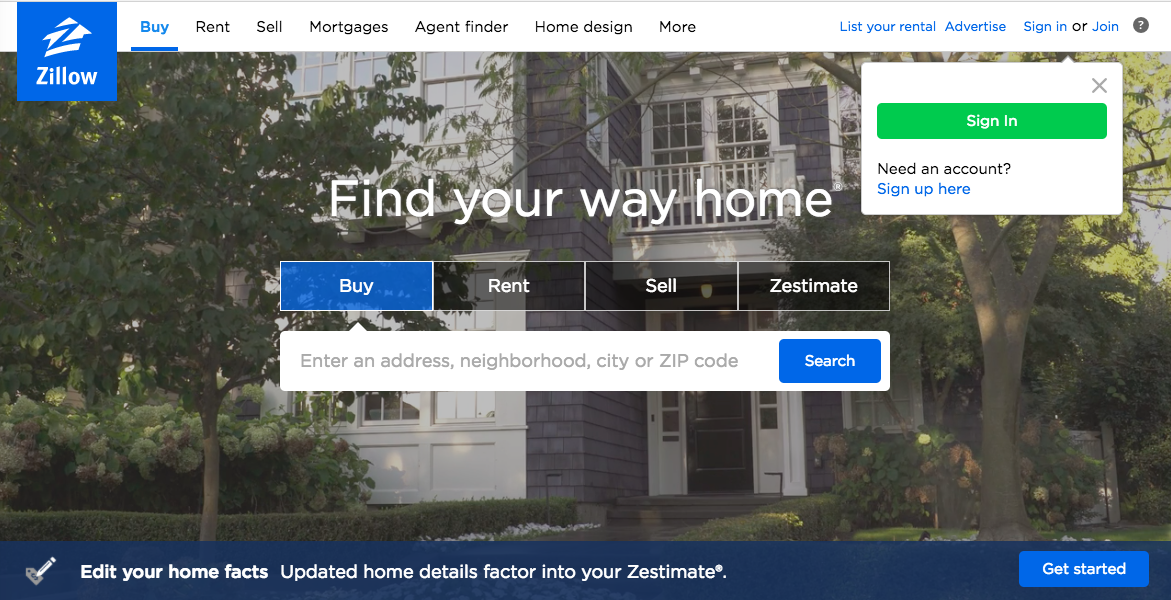
Consider a site like Zillow, which helps people find homes across the nation. House hunting can be stressful, especially if you feel like you have unearthed a gem - you do not want it to go missing amidst an avalanche of listings while you look for other options.
Zillow makes this process much simpler by allowing users to sign in and save listings as they come up. Whether you are accessing the site on your phone or on mobile, you see the same listings every time.
This personal touch builds familiarity with the remainder of Zillow’s product offerings, consistently keeping you in the same sphere of experience when it comes to their mortgage services, rental listings, and selling services. They not only identify your needs as a current homebuyer, but project the future needs that may become of use to you as an investor, a renter, or a seller.
2. Better Data on Customer Behavior
Another great benefit of omnichannel retail is not only the experience that it provides to customers but the information that it provides in order to satisfy the needs of their audience.
Especially given a world where there are so many ways to enter into a brand’s ecosystem, whether by phone, tablet, laptop, kiosk, or walking through the store, companies need to understand their customers and how they act more than ever.
According to a study performed by the Harvard Business Review, only 7% of participants shopped exclusively online, and only 20% shopped exclusively in stores. The remaining 73% favored a mix, where they used multiple channels during their journey.
Given this eclectic mix, it becomes imperative to know when a customer first makes contact with your brand, and when they finally convert. Do they see the company first on Instagram, sift through the inventory online, and then make a purchase in store? Or do they make a purchase in store, and then discover the brand’s remaining products online?
Gaining access to these different pathways can help companies provide better experiences to their customers. It can help them recognize these “touchpoints,” and to funnel their marketing dollars appropriately.
Example: Disney
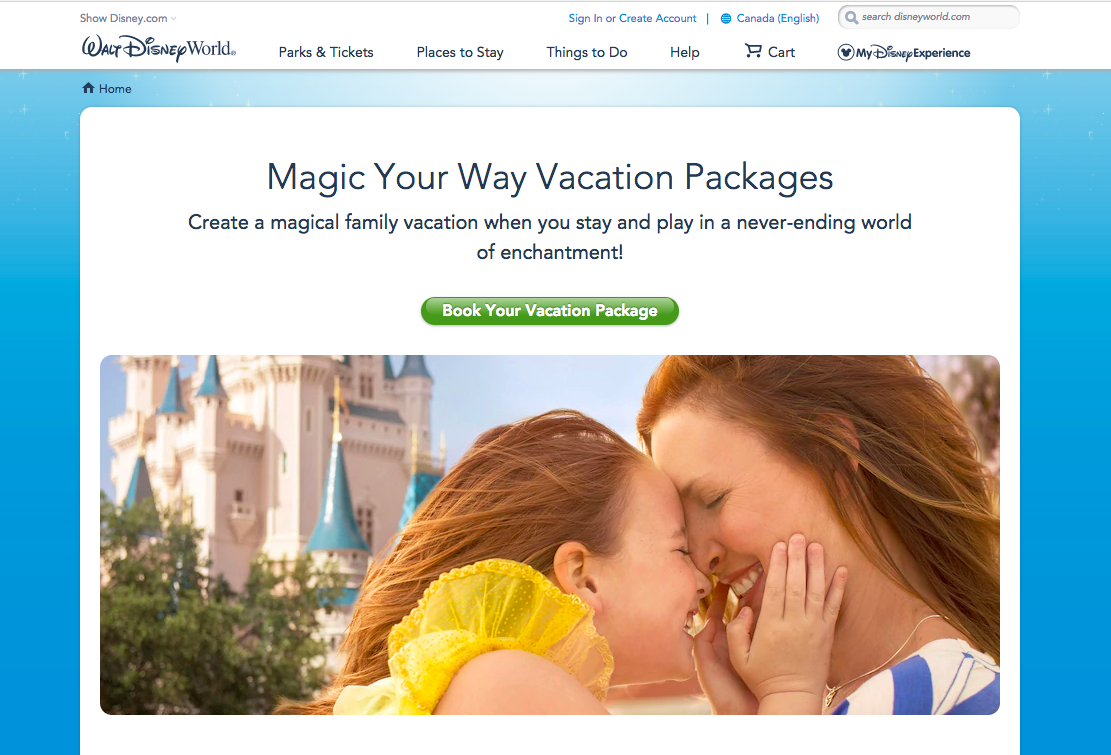
The ultimate goal for omnichannel retailing is to provide an experience where every single touchpoint is covered and optimized. A great example of this is the Disney corporation.
No matter where you are in your customer journey, whether you are purchasing tickets for a trip from your desktop, looking at lines on your phone, or checking into your hotel from your tablet, the experience is consistent, cohesive, and feels seamless.
That being said, not every company has the resources, or the budget like Disney does. As omnichannel retailing becomes more prominent, smaller companies will also be able to ensure that all of their touchpoints are covered, because they better understand the people coming through their door.
3. “Bullseye Targeting” Customers
This goes hand-in-hand with the earlier point. If you understand more about the various touchpoints that customers are using, and how they are “making their way through your brand” you can optimize the points at which they convert.
71% of consumers use their phones for the purpose of researching products before they go out and buy them - even when they are already inside the store. With this in mind, developing an omnichannel marketing strategy that targets and converts potential customers at exactly the right time is key.
Let’s say there’s a brick-and-mortar store that relies on people researching their products before they purchase them. In this case, their omnichannel retailing strategy could potentially revolve around providing readily accessible online resources throughout the store for people looking to learn more. For them, the conversion may not occur online, but it is playing a vital role in the purchase process.
Particularly in that online-to-retail pathway, this is an important step in the right direction - even in cases where the formula is inverted. If brands have a better understanding of how each channel is being used, whether to purchase or to research, they can put additional resources into the conversion point (or at any point that will push the customer to convert and buy the item).
Example: Walgreens
Walgreens provides an experience that typifies an omnichannel approach to retail. They know that in order to access certain types of medicine, like aspirin, customers will need to ultimately come into the store and convert. But this didn’t stop them from implementing omnichannel retail to simplify the purchase process for their customers.
So they make the process of finding the product as simple as possible - no matter where the customer is located. The conversion point is essentially predetermined, that it has to happen in a Walgreens. And they utilize their app to facilitate the purchase of any product by allowing users to select their store, search for products, and check inventory.
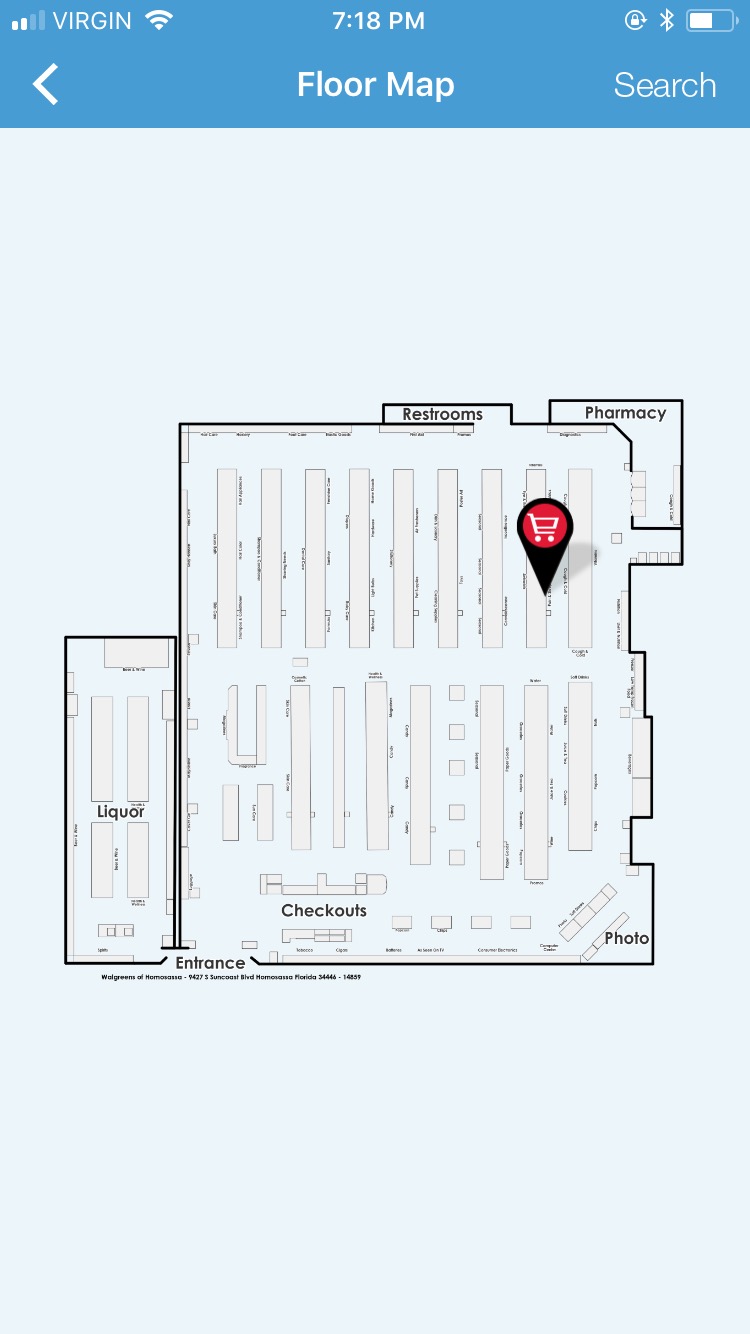
They even went one step further. As you can see in the image above, if you type in a product (and based on your local store), you can see exactly where you can find it in the store - right down to the aisle. Uniquely based on the store you have chosen to search, all you need to do is walk right in and start counting.
This entire process makes things easier, while still identifying at which point the customer must convert. They allow for conversions to happen more seamlessly, and with less difficulty before they even enter the store.
Ultimately, this is an ingenious example of identifying a conversion point, and making every step as seamless, as easy, and as consistent as possible. Instead of just hoping that a customer can find your products, you are now able to hold their hand and walk them right down the aisle.
4. Focus On The Right KPIs
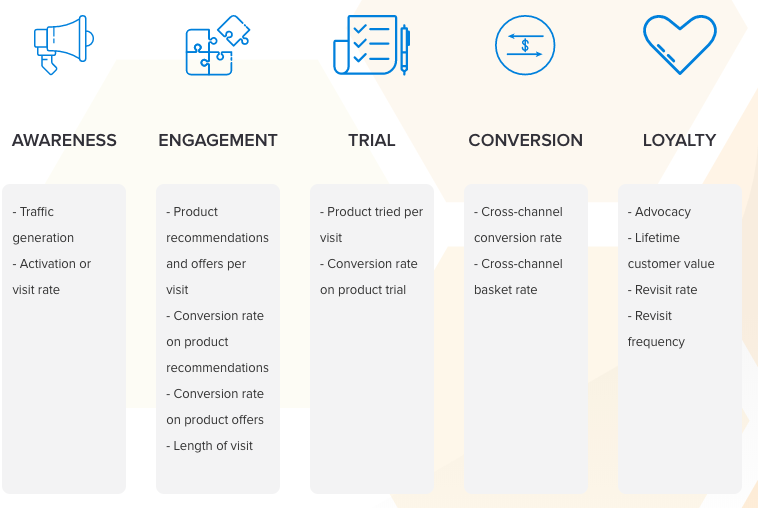
With an increase in the number of channels available, it is more important than ever to focus on how you track that data and make informed decisions based on it. Each touchpoint is unique, but they (ideally) work with one another to provide a seamless experience and drive conversions.
How does it work then? There are five key categories worth considering: awareness, engagement, trial, conversion, and loyalty. Each has their own unique roles, but the two most important become conversion and loyalty.
Conversions are important because they drive business, loyalty because it drives repeat business. If omnichannel marketing is built around a consistent and pleasurable experience for customers, one of the key deliverables is to ensure that someone is accessing each touchpoint time and time again.
In the event that a touchpoint is no longer converting, or driving conversions to the right touchpoint, then it no longer needs attention or needs more attention than ever. More data does not always lead to better decision making. This means that while there might be more KPIs, it is important to focus on the ones really driving growth and customer experience.
Just because a customer does not convert on your webpage does not mean that the page is not driving a conversion at some point. They could be using your site for researching future purchases, before making a final decision in the store once they see it for themselves. It may sound hackneyed, but omnichannel marketing relies on a more holistic approach to measuring success.
5. Maintain a Consistent Brand Image
This is a point that I need to come back to one more time. When it comes to omnichannel retailing, consistency is truly key. Whether it is to visitors on your site or customers walking into your store, your brand needs to be saying the same thing over and over again.
If you provide potential customers with a consistent, simple, and pleasurable brand experience, you are effectively creating more “buy-in” from those same consumers who might have otherwise gone with another brand.
If you provide them with an easy and accessible experience, they are less likely to “showroom.” This is the process of checking prices with competitors while standing in a retailer’s store.
Especially when it comes to larger purchases, like homes, flights, and cars, a consistent experience is also viewed as more reliable. It adds that aforementioned personal touch while making them feel that their information is secure and safeguarded.
Example: Emirates
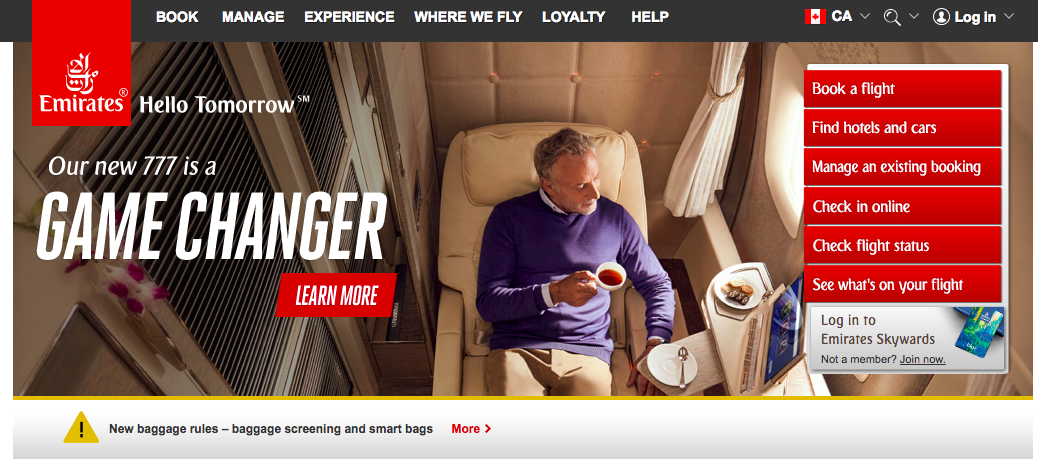

Emirates was able to make the flying experience more pleasurable by prioritizing on ease-of-use across all touchpoints. Not only do they make booking easy from the website, but they have seamlessly integrated their app with phones, tablets, and even with the Apple Watch.
This level of integration is not only useful, but it is consistent with their brand messaging. Emirates is all about luxury and providing concierge-level service. And they do so easily by providing an experience that is consistent (and handy) at every step.
Particularly in terms of important information, like flight numbers, flight statuses, and seat upgrades, this experience becomes all the more important.
Not only is omnichannel retailing working for their business, it helps stabilize their brand and provide a consistent experience.
Conclusion: The Future of E-Commerce
There are multiple reasons why omnichannel retailing is the future of e-commerce. Not only is it based on the idea that customers should be able to access brands no matter where they are, but that the experience must be pleasurable and enjoyable.
Omnichannel retailing values the consumer experience above all else, while being able to track data and provide even more tailored solutions moving forward.
The most important thing that you need to consider is that customers want a consistent experience. They want things to be simple, accessible and presented to them without any confusion.Innovative SEO services
SEO is a patience game; no secret there. We`ll work with you to develop a Search strategy focused on producing increased traffic rankings in as early as 3-months.
A proven Allinclusive. SEO services for measuring, executing, and optimizing for Search Engine success. We say what we do and do what we say.
Our company as Semrush Agency Partner has designed a search engine optimization service that is both ethical and result-driven. We use the latest tools, strategies, and trends to help you move up in the search engines for the right keywords to get noticed by the right audience.
Today, you can schedule a Discovery call with us about your company needs.
Source:





